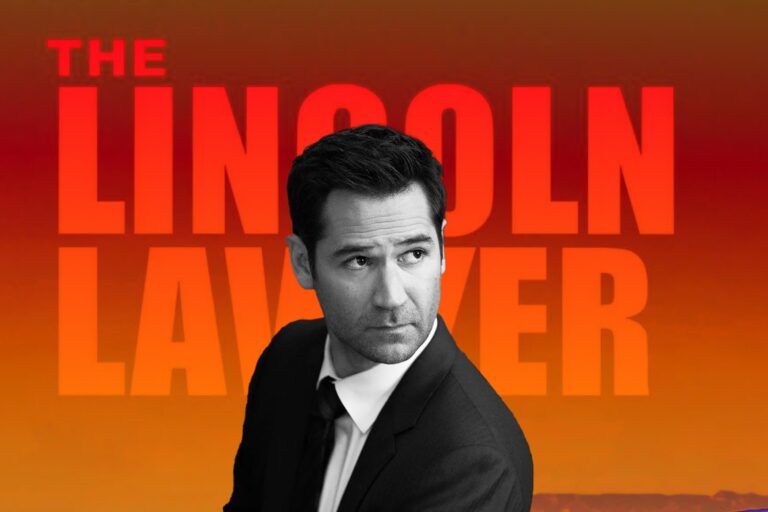Is The “All-Or-Nothing” Kickstarter Still a Game Changer for Creative Minds?
For a plethora of aspiring entrepreneurs, Kickstarter has been a game-changing platform to “de-risk” establishing a business, being the largest, most popular, and longest-standing crowdfunding platform to kickstart amazing self-starters. Since its inception in 2009 with an aim to “democratize” fundraising, more than 19 million people have backed a project, nearly $5.7 billion has been pledged, and up to 199,000 projects have been successfully funded.
Whereas it is beyond any doubt that Brooklyn-based behemoth is the success kickstarting hub for several creative initiatives – including the Grammy and Oscar winners, what should be noted is that there have been saddeningly over 316,000 unsuccessfully funded projects when crowdsourcing on such an “all-or-nothing” platform.
So, the question is: In this day and age, is Kickstarter worth it? Let’s read on to figure out your own answers as well as discover more about the high and low stories from companies looking for money from Kickstarter.
Is The “All-Or-Nothing” Kickstarter Worth It In 2021?
Before delving into the specifics, let’s cast a quick glimpse over Kickstarter & its project qualification requirements.
A Brief Overview
Ever since the World Wide Web was foisted upon a grunge-ridden populace in the early-to-mid 1990s, there have been various attempts to leverage the Internet’s attention-aggregation power to solicit funds for entrepreneurs and organizations that otherwise would struggle for funding. Nevertheless, it wasn’t until April 28th, 2009, that Kickstarter — a “Public Benefit Corporation” whose name has become a byword for crowdfunding in general — was established.
Based in part on monetizing the Internet generation’s social identification with the ethos of the creative class, Kickstarter is dedicated to the crowdfunding of creative projects, helping “bring creative projects to life”. Different from other platforms within the sphere, joining Kickstarter with its “all-or-nothing” nature, your project must meet its fundraising goals within a set period before you receive any funding. Additionally, if and when your project comes to fruition, you are obligated to provide “rewards” for your backers, which have to be of your own creation.
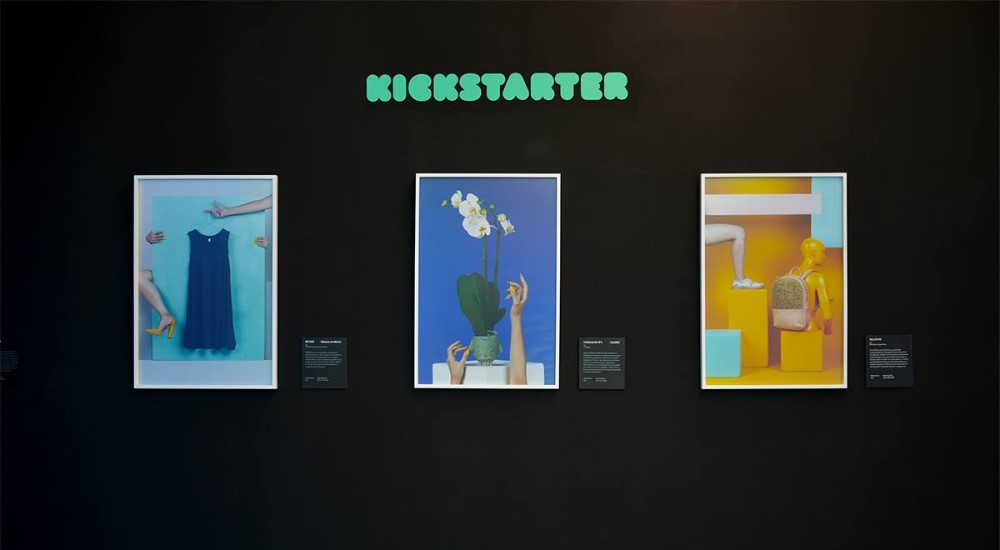
When it comes to its service offerings, Kickstarter provides a crowdsourcing platform for users to raise funds from individual backers for creative projects from anywhere in the world. Should you wish to start a Kickstarter project, you must choose from these 15 categories: Art, Comics, Crafts, Dance, Design, Fashion, Film & Video, Food, Games, Journalism, Music, Photography, Publishing, Technology, Theater.
As regards project qualifications, there exist five golden rules that all projects must follow to qualify for crowdfunding:
- Projects must create something to share with others
- Projects must be honest and clearly presented
- Projects can’t fundraise for charity
- Projects can’t offer equity
- Projects can’t involve prohibited items
As for Terms & Fees, there are four key information pieces that are worth considering:
| Funding Duration: | Up to 60 days |
| Kickstarter Fee: | 5% |
| Payment Processing Fee for Pledges: | 3% + $0.20 per pledge |
| Payment Processing Fee for Pledges Under $10: | 5% + $0.05 per pledge |
Big Pluses When Adopting Kickstarter
Huge & Potential Marketplace
As the most popular, and longest-standing crowdfunding hub for creative minds, Kickstarter undeniably “boasts” a huge population of individuals, including donors, that are regularly visiting the platform and browsing projects. In other words, there is an appetite for innovation with the community that visits the site, many of which are ready to donate to campaigns that ignite their curiosity and interest.
“Kickstarter is one of those platforms that gives you space to work with people who know you, love you, and support you.” – Hip hop pioneers De La Soul
Tapping into Kickstarter’s community starts with activating your own. In fact, the majority of successful projects build “a snowball effect”, winning over friends and early supporters who then spread the idea with their networks while also signaling their support to the wider Kickstarter community. Awesomely, the “snowball” can get pretty big, especially with more than 19 million individuals – from every continent on earth – engaged in funding Kickstarter projects.

Furthermore, Kickstarter emerges as a household name when it comes to crowdfunding. As opposed to other crowdfunding sites that are less recognizable and may require additional education to donors, Kickstarter stands as a credible leader within the landscape, which makes “backers” more comfortable to give their money over to a reputable site.
All-Or-Nothing Format
What should be emphasized is that Kickstarter works on an “All-or-nothing” funding format, meaning that you have to achieve or exceed your fundraising goals in order to keep the money that has been pledged.
Understandably, this raises concerns for creators – and be regarded by several as a disadvantage rather than an advantage. However, let’s consider this: should you, unfortunately, fail to reach your initial crowdfunding goal, you may then not have the means to distribute the rewards that you’ve promised to your donors. Or simply put: It’s free – with no upfront charges – until you meet your goal.
This may make potential donors skeptical. Yet, that’s why all-or-nothing funding is a great way to be 200% transparent about what you can provide. Should your goal not be met, then you receive nothing from the pledges – and those who donated to your campaign are not charged anything. This mechanism gives the backer peace of mind when supporting your campaign.
Presence Igniting Hub
From real experience from “successful KickStarters”, this platform could definitely bring your first customers, including both individuals and retailers. It is like a distribution channel – a viral one – where many backers spread the word on social media, finding you other customers and igniting your brand’s presence.

In addition to real sales, creative individuals can have an eye for social discussions, what people like or don’t like, and — perhaps more importantly — what type of psycho-demographics are attracted to your product.
“It is a platform where anyone can be informed about the brand and our values, hear about our latest Parisian discovery or give their opinion on our latest design idea,” shared Natacha Seroussi, co-founder of LaFlore Paris, a Parisian handbag maker backed by Kickstarter. “We see it as an open platform for exchange and creativity.”
In addition to potential donors and customers, a myriad of tech magazines and online publications browse through Kickstarter on a regular basis to see what new campaigns have become active. Quirky and innovative campaigns can generate a great amount of free press when they get noticed, which can help grow a brand even if the crowdfunding effort isn’t eventually successful.
Uncountable Exclusive “Privileges”
Generally, there exist a large number of outstanding service providers that do work exclusively with Kickstarter campaigns. Among them, many companies even recognize Kickstarter as their bread and butter, and will rarely venture out to other crowdfunding platforms.
Whilst you can still great service provider if you work with alternative sites, it should be noted that your options may be a bit more limited.
In addition to exclusive service providers, Kickstarter owns a handful of critical functionalities that are absent on other platforms. For instance, the Brooklyn-based behemoth offers a Kickstarter Live Event where you can interact with consumers, host a Q&A, and further demonstrate the benefits of your product. Besides, the analytics of Kickstarter are extremely powerful; in particular, being equipped with this feature, you can see where backers are coming from geographically, and also the frequency with which they return to your page.

Drawbacks
Along with obvious advantages, there remain inevitable downsides, which should be put into perspective.
Risk of Being Copied (Even Before Your Creative Works Enjoy Success)
Whilst many yield stunning success and/or dazzling attention for their ground-breaking campaigns, others have their cool new products copied by “players” who are “focused” on making a cheaper me-too version.
Usually, they will take photos from the campaign page and put them on their own website. Should some of their customers be interested and willing to buy “their” product in sufficient quantity, they will develop it and make it. As a result, some of those lower-quality products might flood your own market and accordingly undermine your image.
Saddeningly, this kind of thing does happen a lot, and whilst it won’t kill your business, it is undoubtedly frustrating.
Apart from independent “creative” players, companies, even than large-scale ones, might also “get inspiration” and move faster than you. As soon as seeing your Kickstarter page, one company in your space may anticipate an opportunity, and make their own version of your idea. With the existing manufacturing and distribution capabilities, they might be on the market faster than you.
Fierce Competitiveness
A huge marketplace is wonderful for creative sellers to capitalize on consumer demand -yet, it also leads to a greater extent of competition. Whereas there are more backers and customers, there are also a lot more projects on Kickstarter than other platforms, which can make a particular one much more challenging to stand out.
Hence, if you wish to get noticeable and trend well on the site, you have to profoundly grasp the know-how on marketing your products. As you will be definitely competing with seasoned Kickstarter experts, it can be beneficial to seek coaching from a crowdfunding expert.
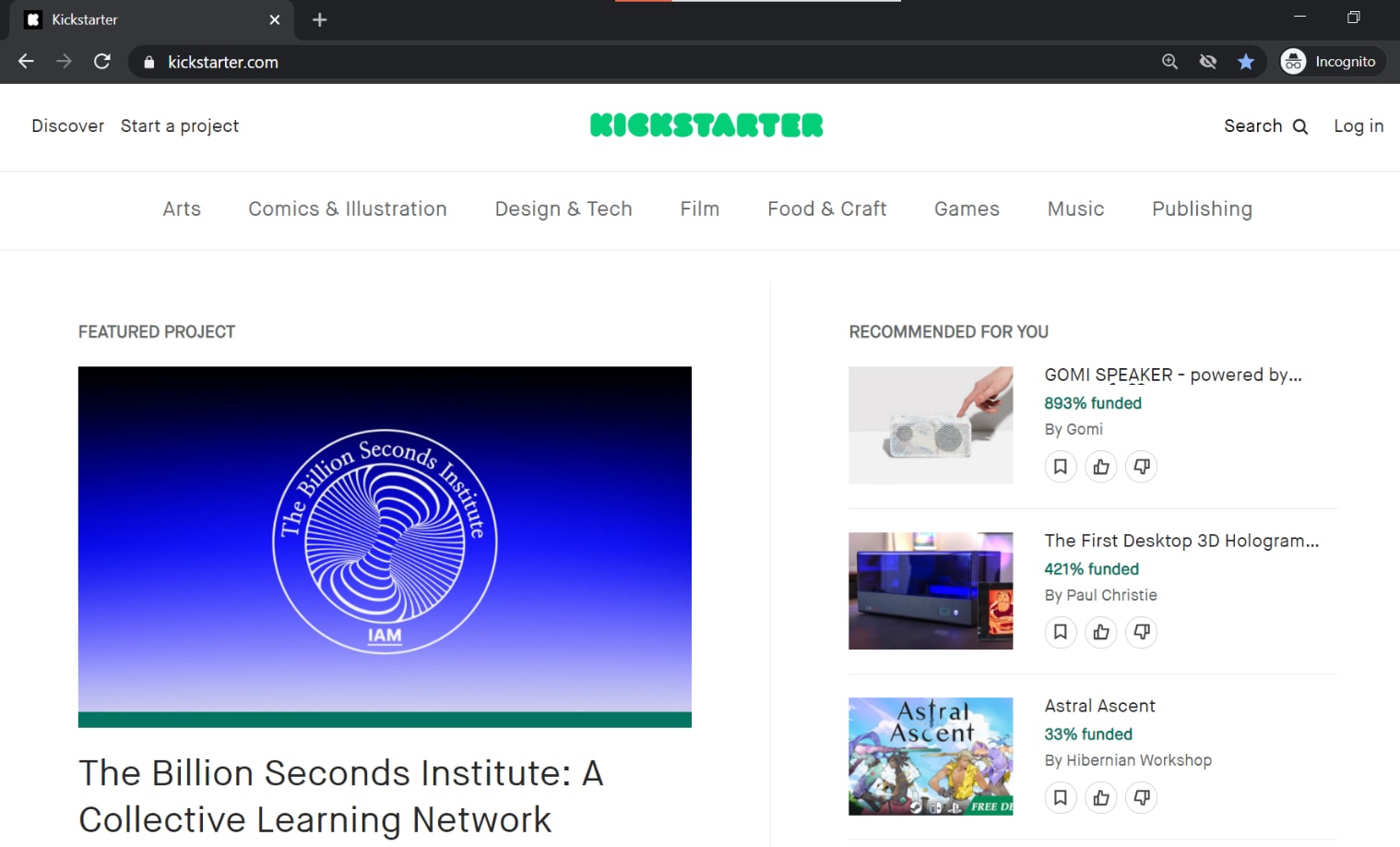
In some cases, Kickstarter can be deemed as an uneven playing field. Why? With the emergence of paid advertising, investor-based campaigns, and crowdfunding agencies on the site, big players can have an enormous advantage compared to smaller operations.
Poor Customer Service & Technical Support
Though Kickstarter may be the 800-pound gorilla of the crowdfunding industry, its level of customer support doesn’t really reflect that. Indeed, the only way to get in touch with Kickstarter is to submit a support ticket and wait to be contacted via email. Apart from that, the platform offers few contact tools for project creators (or backers, for that matter) in case they need quick support in the event of a mishap. For many customers and backers, they sometimes get frustrated by the difficulty of getting in touch with Kickstarter personnel.
Additionally, Kickstarter staff tends to be less attentive to their users than other crowdfunding platforms. Usually, they aren’t around to help you throughout the process, which is why you will have to do a great deal of your own research and seek assistance from industry experts.
Another noteworthy point is that Kickstarter teams are much more creatively oriented than business-minded. Although this is certainly not a bad thing, they’re less commercial than other sites, especially Indiegogo. So, with less concern surrounding profits, this will change what they choose to feature on the site, as well as some of the policies for their campaigns.
Solid Rules
As already mentioned, there exist ranges of rules for you to abide by on Kickstarter. For example, your product will have to fit into a specific category set by the platform. If it does not fit into a category or goes against a prohibited item on Kickstarter, then you can’t launch a campaign.
Furthermore, it’s a “must” that you create every reward offered in accordance with the Terms of Service, meaning that there is no reselling or repurposing of goods as rewards for your donors.
Regarding the last one, you cannot use Kickstarter for a charitable cause. Whilst it’s acceptable to run a project as a non-profit, there have to be deliverables in exchange.
Remarkable High & Low Stories of Creative Project Owners Seeking Funding from Kickstarter
On such a well-established and super-active crowdfunding site as Kickstarter, countless awesome things started, hit their funding goal, and then entered the real world. Unfortunately, there’s a dark side to this world: tons of projects never get the required amount of capital and fail, which is heartbreaking enough.
Then, let’s take a quick look over those high and low stories built on Kickstarter.
Success Stories to Model On
#1. Pebble – Smartwatches

It would be a big miss to talk about successful Kickstarter companies without mentioning Pebble by Eric Migicovsky, whose crowdfunding campaigns for its smartwatches (in two campaigns – in 2012 and 2015) are Kickstarter’s number one and three of all time.
Particularly, the Pebble launched to a record-breaking Kickstarter in 2012, breaking Kickstarter’s funding record by getting over $3.3 million in pledges in less than a week. Propelled by Kickstarter’s creative community, Palo Alto-based Pebble’s first watch seemed ahead of its time, being notably one of the first mainstream smartwatches and making its way to market long before the Apple Watch. Actually, the Pebble smartwatch could do things such as giving notifications and controlling the phone’s music, which would become table stakes for smartwatches made by other companies in the years to come.
For its launch of Pebble Time Round in 2016, which looked more like a wristwatch than a piece of wearable technology, Pebble – which subsequently raised $26 million from outside investors – skipped Kickstarter and simply offered the product for pre-order on its website and through such giant retailers as Target and Amazon.
Everything was good until Apple Watch entered the market in 2015 when it was game over for Pebble. The company was acquired by Fitbit in late 2016, and Fitbit eventually announced it would shut down Pebble’s web services, which included an app store, voice dictation, weather, and more. The crowdfunded Pebble smartwatch officially died in June 2019, yet a group of dedicated Pebble fans granted it an amazing afterlife.
#2. Exploding Kittens – Quirky Card Game
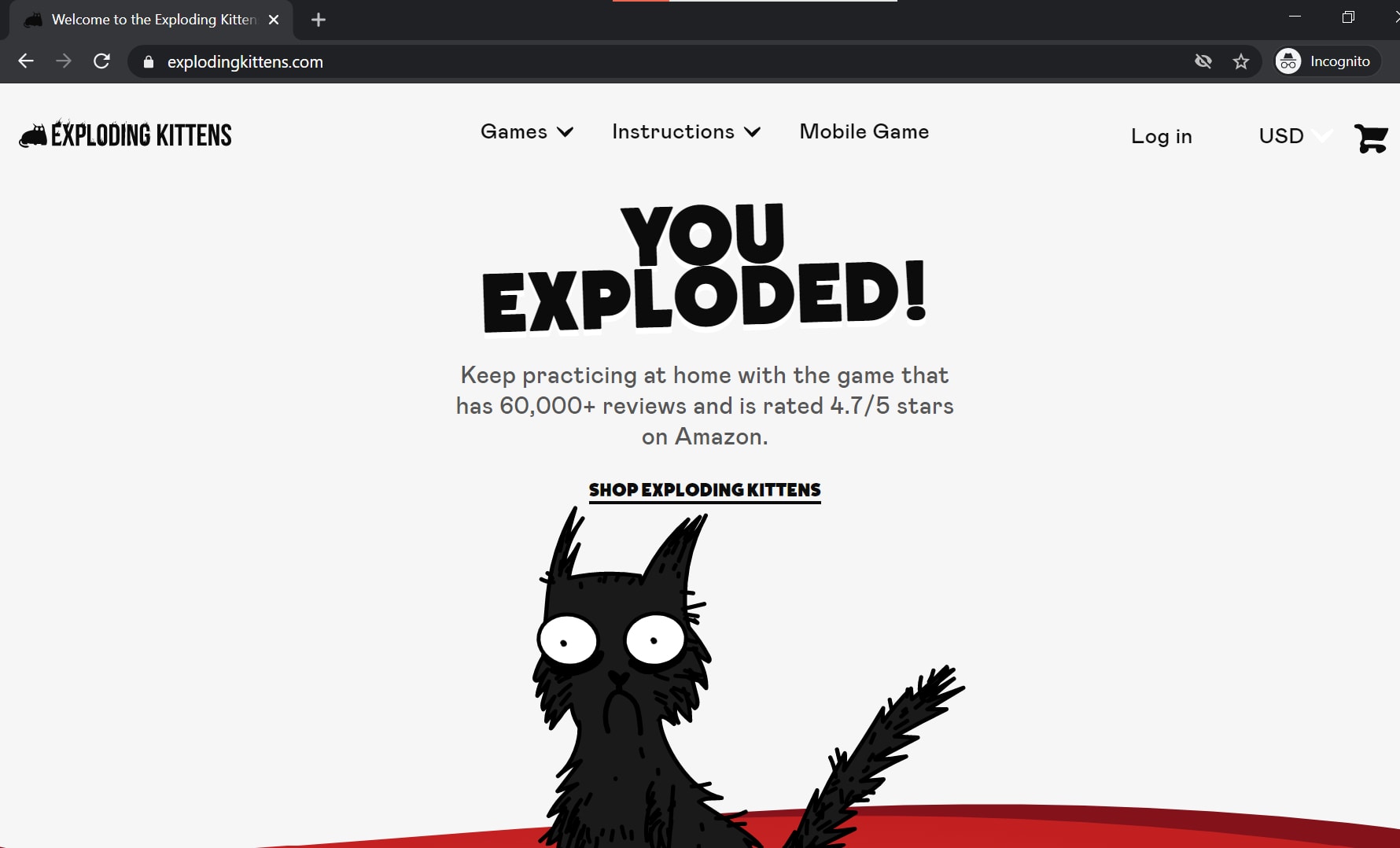
Exploding Kittens can be called a card game or a phenomenon – a stunning one.
Though, it could be described as accidental success. When Elan Lee, a talented game designer who had previously worked on the Xbox, got together with his friends, Shane Small (Xbox and Marvel) and Matthew Inman (the cartoonist better known as The Oatmeal) to design a card game, it was something of a joke. “This was supposed to be a very simple fun, weekend activity I could do with my friends,” shared Lee.
This “simple fun activity” went to Kickstarter hoping to raise around $10,000; yet, staggeringly, Exploding Kittens pulled in $8.8 million – at that time, Lee and his friends realized they had promised to get nearly 700,000 decks of cards to a few hundred thousand backers. Since then, Exploding Kittens has undoubtedly exploded. In fact, the Los Angeles-based company has printed millions of card decks, introduced an app version of the game, and begun work on a second game that also will be drawn by The Oatmeal.
Thanks to the crowdfunding campaign on Kickstarter, Exploding Kittens was able to skip the traditionally rocky, money-losing phase of startups and become profitable within months. Beyond a business success, it’s become an object of attraction, receiving calls from Hollywood studios that wished to produce animated shows, from toy companies that wished to make plush dolls – and even early offers (that it rejected) for a buyout.
“It’s the most exciting and terrifying new company I’ve ever started,” stated Lee, who’s previously founded four other companies.
#3. Oculus – Virtual Reality Headset
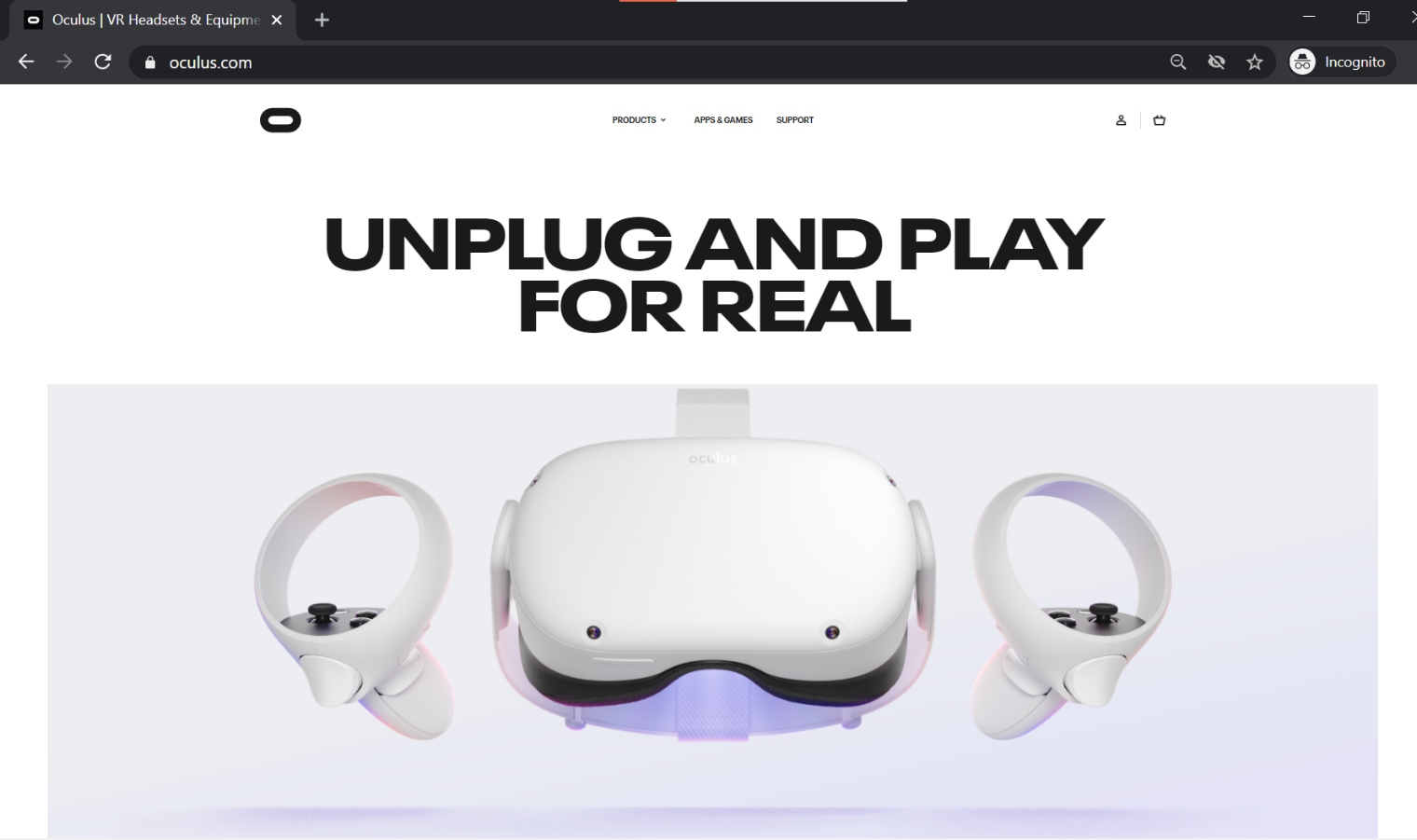
Oculus is another legendary success story of Kickstarter. This amazing product was developed by Palmer Luckey who started out formulating the prototype for the Oculus Rift in his parents’ garage in Long Beach, Calif.
When Oculus turned to Kickstarter in 2012 to develop its product, it did quickly blow past its $250K fundraising goal – though, the crowdfunding campaign was just the beginning for the nascent VR company. In March 2014, whereas Oculus was still in the prototype stage, Facebook concluded a deal to acquire it for $2 billion in cash and stock. The deal showed the potential for virtual reality, and for the Oculus Rift, far beyond gaming. “We’re making a long-term bet that immersive virtual and augmented reality will become a part of people’s daily lives,” stated Facebook’s Mark Zuckerberg at the time. More importantly, since then, VR has moved closer to reality, with Samsung, Sony and Google also participating in the market.
For the time being, there are staggeringly more than 9,500 backers pledging up to $2.5M to help bring Oculus Rift – the first truly immersive virtual reality headset for a video game – to life.
Failure Stories to Learn from
#4. CST-01 – Thin Flexible Wristwatch
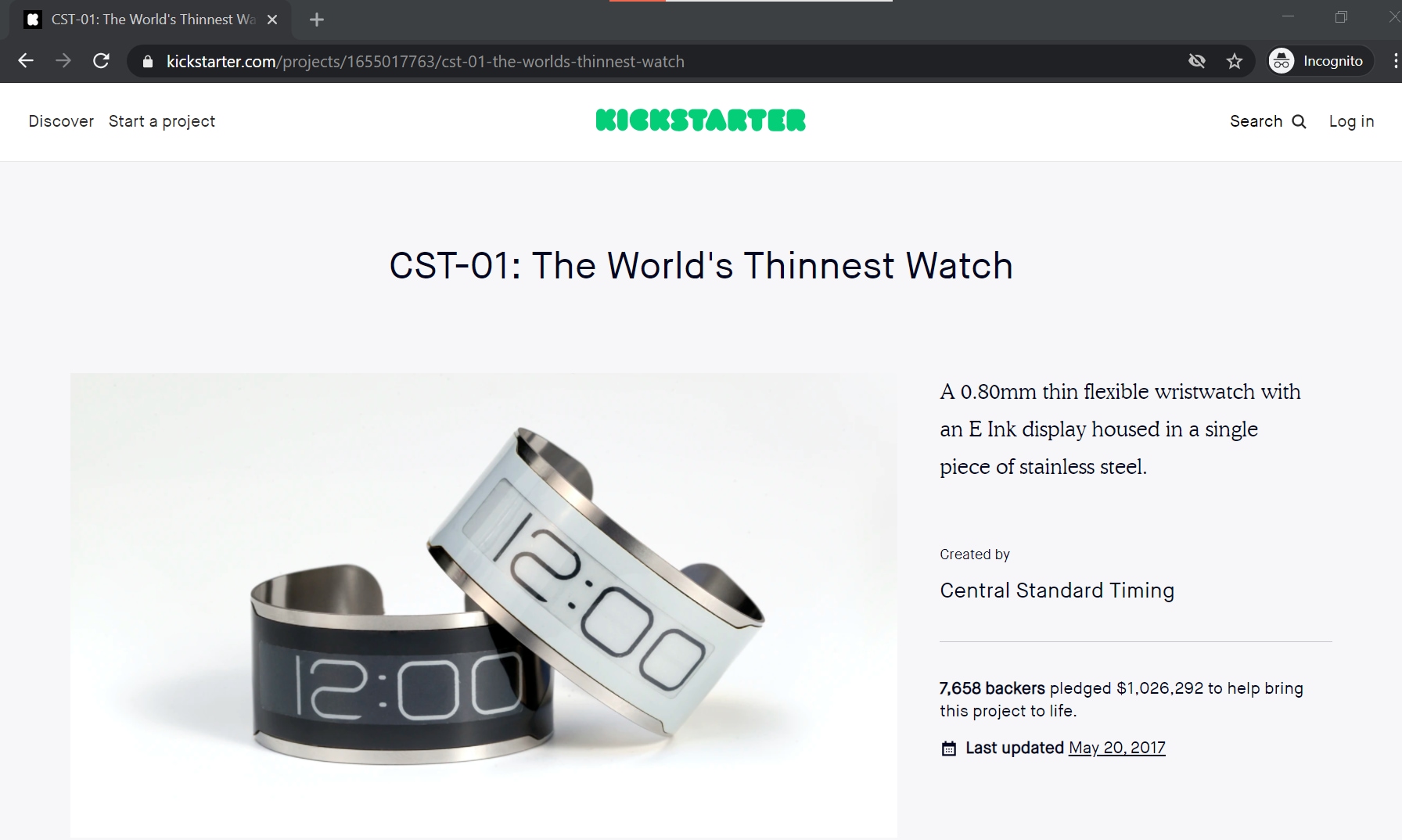
Having raised more than $1 million in pledges from 7,658 backers on Kickstarter, CST-01 is self-claimed as the world’s thinnest watch, with an E Ink display housed in a single piece of stainless steel. After its fund-seeking effort in 2013, delay after delay plagued the e-ink watch as the company struggled to find the sort of technology required to actually develop the watch.
There had been a lot of silence from Central Standard Timing until 2015 when the company posted an official apology — and an update — for where the watch stood: Unfortunately, it wasn’t good. Central Standard Timing had parted ways with the manufacturer it had been working with for the majority of the process.
Then, after another year of silence, it was reported that the company had filed for bankruptcy, making it even more unlikely that CST-01 backers would ever see the money they’d given the company.
It’s likely that Central Standard Timing didn’t intend to scam its backers out of money; it sounds like the company was in over its head in regards to the manufacturing of the watch. However, that certainly doesn’t excuse the money lost by Kickstarter backers.
#5. Skarp Laser Razor – Laser-Powered Razor
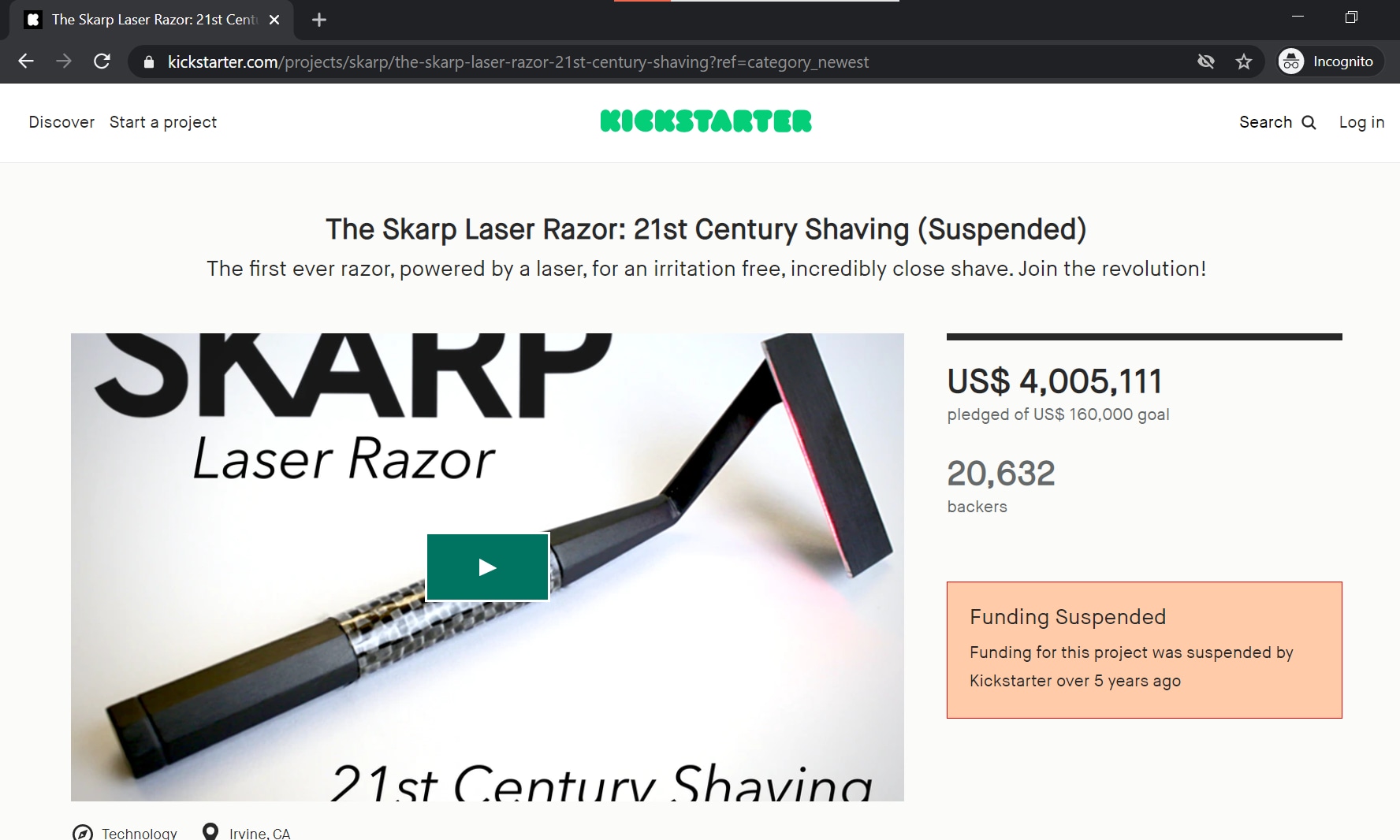
In fact, the Skarp Laser Razor was supposedly going to reinvent the shaving category by leveraging a laser, for an irritation free, to remove hair. Apparently, human hair contains a chromophore (a particle that can absorb certain wavelengths of light) allowing follicles to be cut when hit with a particular wavelength of light.
Skarp Technologies, the company behind this razor, claimed to have a working prototype. Nonetheless, the video on the project’s page didn’t exactly garner confidence from skeptics. And whilst Skarp’s technology might be able to snip off a few hairs, it would disappointingly not be anywhere near as effective as a regular ol’ razor.
Actually, Kickstarter teams did eventually step in after more than 20,000 backers raised more than $4 million in funding. Following Kickstarter’s investigation, an email sent to backers soon reported that the company did not actually have a working prototype, and the company was in violation of a rule that requires working prototypes of physical products that are offered as rewards.
Shortly thereafter, the project quickly moved itself over to another crowdsourcing platform as well as came out with periodic updates as to more “pseudo-science” about fine-tuning their fibers.
The bottom line
“Kickstarter is giving an equal voice to entrepreneurs regardless of their background, race, or gender and allow any project to come to life,” shared Natacha Seroussi, a successful creative mind backed by Kickstarter. “The community is incredibly inspiring and involved, the backers are demanding and aware which pushes brands to always improve, but at the same time they are very enthusiastic and encouraging.” Whilst it is not without its critics, Kickstarter – beyond any doubt – occupies a commanding and well-established position within the crowdfunding landscape.




